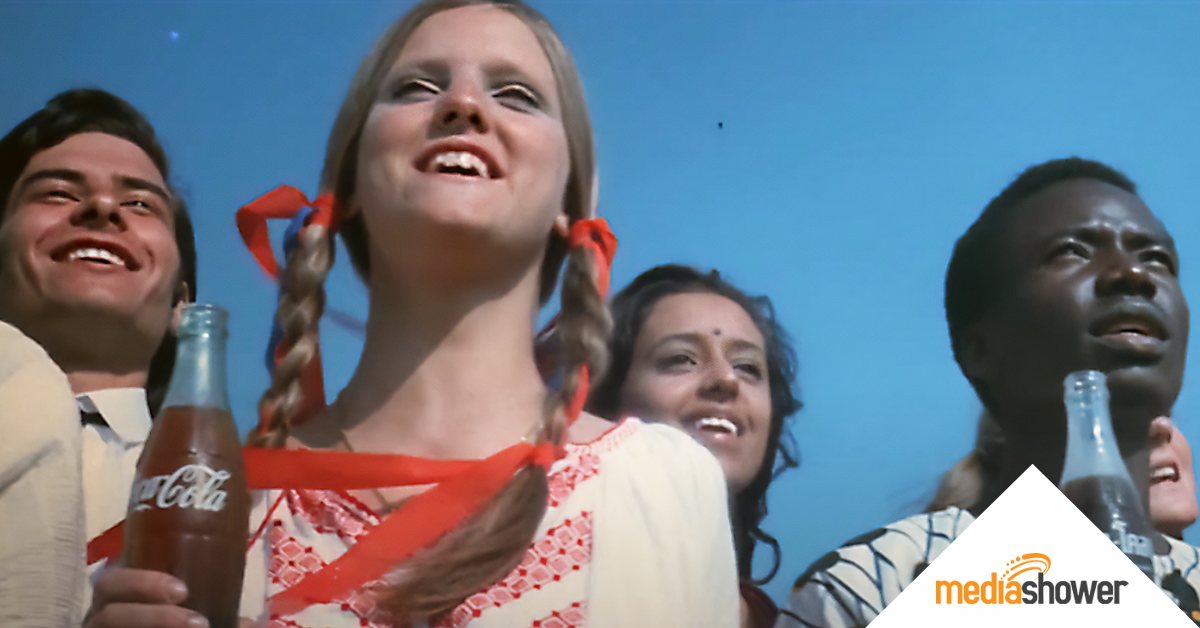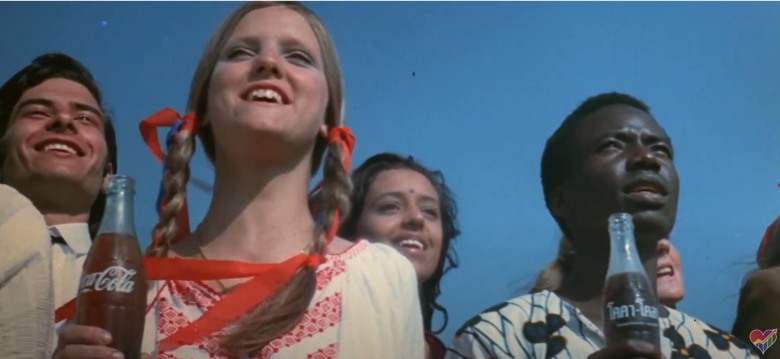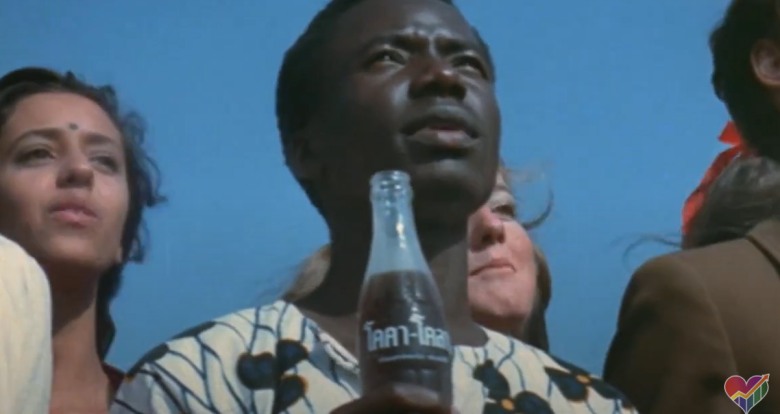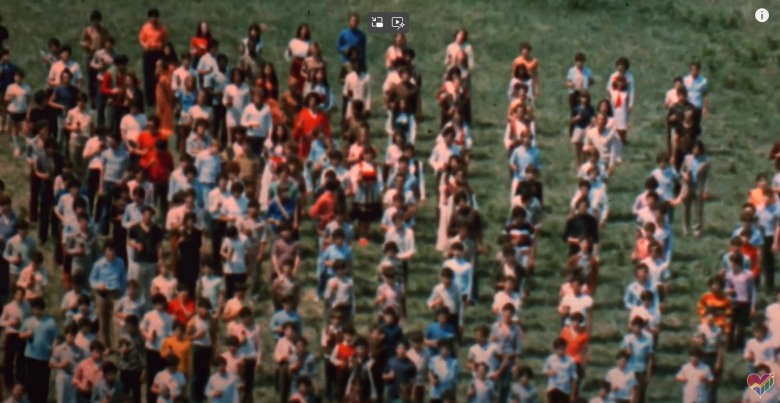
Quick Summary
- Coca-Cola’s 1971 “Hilltop” ad captured a global audience by combining emotional resonance, cultural unity, and a timeless melody.
- It became a landmark campaign by focusing on a universal message of togetherness that transcended language and borders.
- Decades later, the ad was reintroduced to new audiences in the series finale of “Mad Men,” reaffirming its place as a masterpiece of creative marketing.
Take a step back to 1971, a world divided by conflict and change. With a sunny hilltop, a hopeful anthem, and a message of unity, Coca-Cola created a commercial that became a cultural phenomenon.
The “Hilltop” ad was a clever campaign with a deeper purpose. It featured a diverse group of young people singing about peace while holding Coke bottles—and struck a universal chord.
Fast-forward to 2015, and the ad found new life in the finale of “Mad Men,” where it was brilliantly reimagined as the culmination of Don Draper’s creative genius.
Decades later, it’s still teaching us how great marketing connects with the human spirit.
Background
By 1971, Coca-Cola was already a household name, but the world was anything but harmonious. With the Vietnam War, cultural revolutions, and widespread political unrest, people everywhere were craving a little unity.
Coca-Cola set out to create a campaign that reflected these feelings and connected with its audience on a deeper level.
Bill Backer, a creative director at McCann-Erickson, was the mastermind behind the campaign. After a flight delay sparked the idea of using Coke as a unifier among strangers, he wrote the famous line: “I’d like to buy the world a Coke.”
What followed was a global movement disguised as a commercial.

Campaign Overview
The “Hilltop” ad debuted in July 1971, featuring a group of young people from around the world standing together on a sunny hilltop in Italy. Each person held a bottle of Coke while singing “I’d Like to Teach the World to Sing (In Perfect Harmony).”
The visuals were bright and cheerful, and the diverse cast represented unity in a divided world. The song’s lyrics and melody conveyed a message of hope, peace, and collaboration.
Coca-Cola was at the heart of it all, but the ad never pushed the soda as a product. It was clearly a symbol of shared joy and connection.
The ad first aired on television in the United States and quickly spread worldwide. The song itself became so popular that it was recorded as a standalone single.
A 2015 Revival in “Mad Men”
Decades after its debut, the “Hilltop” ad experienced a cultural renaissance thanks to its appearance in the series finale of “Mad Men.”
The show’s protagonist, Don Draper—a tormented ad executive—ends seven-year series at a California retreat, meditating on connection and inner peace. In the show’s final moments, Draper smiles as he seemingly has a breakthrough idea. The scene immediately cuts to the iconic “Hilltop” ad.
This brilliant moment was a masterstroke of storytelling, blending fiction with history. It suggested that Don’s journey of self-discovery culminated in the creation of one of the greatest advertising campaigns of all time.
Key Success Factors

Here’s what made the “Hilltop” ad such an enduring success.
Emotional resonance
The ad tapped into universal emotions like hope, peace, and the desire for connection. The campaign presented a vision of harmony that moved audiences around the globe in a time marked by conflict and division.
Global inclusivity
Featuring a diverse cast of young people, the ad represented the global audience Coca-Cola wanted to reach. By showcasing different cultures united by a shared love for Coke, the brand made itself a symbol of universal connection.
This was one of the first campaigns to use diversity so prominently, decades ahead of modern conversations about inclusivity in advertising.
Memorability through music
“I’d Like to Teach the World to Sing” was catchy, uplifting, and easy to remember. It transformed the ad into a cultural phenomenon. Music was the perfect medium to spread the campaign’s message to a global audience.
Soft-sell approach
Instead of directly promoting the product, the ad associated Coke with an ideal. The subtle positioning created a strong emotional connection that didn’t feel overtly commercial.
Perfect timing
The 1970s were a time of cultural shifts, and a rising global youth movement was focused on peace and change. The ad captured the spirit of the era and aligned Coca-Cola with the aspirations of an entire generation.
Innovative Elements

The “Hilltop” ad was groundbreaking for its time in several ways:
A globalized message
In a time when most ads were region-specific, “Hilltop” was a universal appeal. This set the precedent for multinational campaigns that could be localized but still resonate across cultures.
Multimedia impact
Turning the jingle into a pop hit blurred the lines between advertising and entertainment, creating cultural staying power.
Brand as an ideal
Coca-Cola was positioned as a medium for unity rather than a sales appeal. This abstract positioning helped elevate the brand’s image.
Impact and Results
The “Hilltop” campaign was an undeniable success, both culturally and commercially:
Global reach
The ad aired in over 100 countries and became a cultural touchstone for millions. It helped Coca-Cola reinforce its position as the quintessential global beverage brand.
Chart-topping song
The song “I’d Like to Teach the World to Sing” became a hit, reaching the Top 10 on music charts in multiple countries. This crossover success created an enormous halo effect for Coca-Cola that extended far beyond traditional advertising and helped maintain consumer interest in the brand.
Cultural legacy
Even decades later, the campaign is fondly remembered and referenced. Its inclusion in “Mad Men” revived its message and introduced it to a modern audience, one that can still identify with the timeless ideals it represents.
Enduring legacy and long-term sales growth
The goodwill and emotional connection built by the “Hilltop” campaign cemented Coca-Cola’s position as a leader in global branding and marketing, which helped drive its sustained success throughout the 1970s and beyond.

Marketer Takeaways
- Emotional storytelling wins. Campaigns that tap into universal emotions—like hope, joy, and unity—are more likely to resonate and transcend barriers.
- Music matters. A catchy, relatable jingle can extend a campaign’s lifespan and impact, making the message more memorable.
- Align with the zeitgeist. Coca-Cola’s ad tapped into the cultural aspirations of the time, showing the power of understanding and aligning with your audience.
- Inclusivity is key. Representing diverse cultures and identities goes beyond the moral imperative to broaden your appeal and relevance globally.
Want to create a campaign that gets people singing your praises? Media Shower’s AI marketing platform can help you craft stories that strike a chord with your audience. Click for a free trial.


